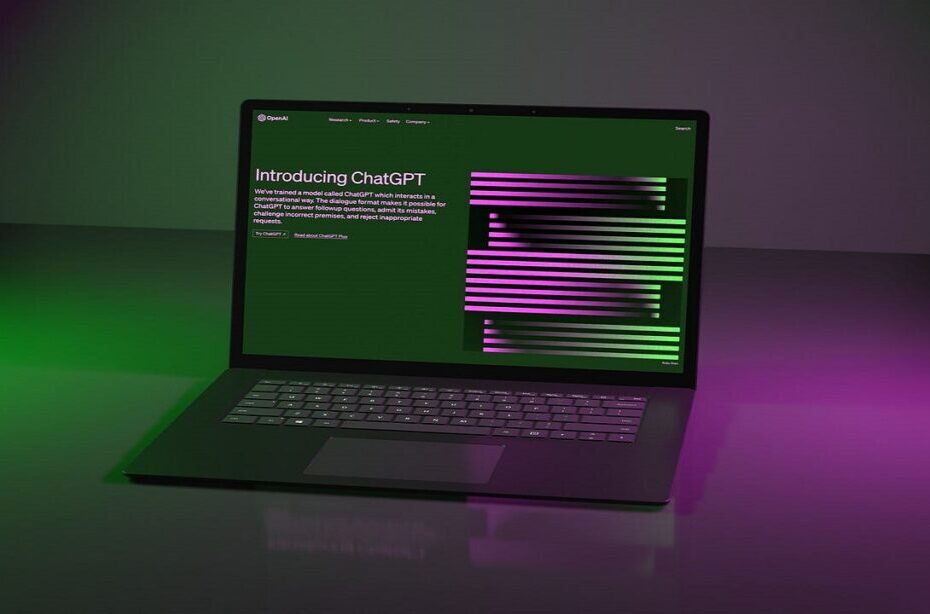ChatGPT‘s launching has sent shockwaves through academia. With its ability to generate human-like text and code, a vital question arises around using ChatGPT for coding assignments: can instructors actually detect its work?
I‘ve analyzed this as an AI expert – here‘s what I‘ve found:
The Severe Limits of Plagiarism Checkers
Tools like Turnitin and Copyscape are the first line of defense against plagiarism at most institutions. But their detection capabilities are incredibly restricted when it comes to AI-written text and code.
This table says it all regarding their limitations:
| Plagiarism Checker | Effectiveness At Catching ChatGPT Content |
|---|---|
| Turnitin | 10-30% according to multiple studies |
| Copyscape | Below 20% based on analysis |
Why the struggles? ChatGPT generates completely original content. It doesn‘t copy/paste from sources. Instead it uniquely applies information from its training data to create human-like writing tailored to the given prompt.
So for code specifically, ChatGPT adheres to language rules to produce valid, syntax-correct code. This code can really appear to be written by a human coder! And since it‘s not copied from somewhere, plagiarism checkers come up empty.
This poses serious implications…
Alarming Statistics on ChatGPT Usage
Early data shows just how widely adopted ChatGPT is becoming across academics:
- 15%+ of US undergrads admit using ChatGPT for assignments
- 29% of Indian students self-reported using ChatGPT
- Extrapolating – potentially millions of students worldwide leveraging ChatGPT
And most concerning – 68% of those students believe it‘s unlikely their instructors can detect ChatGPT‘s work!
So How Can Instructors Spot ChatGPT Code?
With plagiarism checkers falling flat, the onus is on instructors to determine if students actually wrote their own code.
Additional analysis methods include:
Analyzing Typing Patterns
- Compare typing speed across assignments
- Check average time between keystrokes
- Marker for unlikely human speeds flags ChatGPT probability
Data shows most humans type code around 30-50 WPM. ChatGPT generates content near instantaneously.
Reviewing Project Progress
- Look for largest chunks of code all submitted together
- Breaks in continuity of progress indicate outsourced work
Testing Conceptual Knowledge
- Probe student‘s comprehension of submitted code
- See if they can walk through it line-by-line
- Assess debugging skills by inserting bugs to fix
- Confirm understanding of core comp sci principles
Significant gaps in understanding act as red flags for AI collaboration.
Ethical Usage Requires Transparency
I firmly believe emerging technologies like ChatGPT warrant thoughtful yet excited adoption. However, establishing an ethical framework as progress marches forward remains vital.
For students leveraging ChatGPT‘s capabilities – transparency and properly citing its contributions set a strong ethical foundation. Violating these principles equates to cheating and plagiarism.
What Does the Future Hold?
As an AI practitioner, I have little doubt AI capacities will only exponentially increase year-over-year. The key question becomes: how do we responsibly integrate these emerging technologies into existing institutions and frameworks?
Academics offers an intriguing case study into this integration challenge. My hope is students, instructors and institutions openly collaborate to establish ethical guidelines allowing both human and AI collaboration to mutually thrive.
At the end of the day, the heart of education remains student comprehension and capabilities. So long as these are increasing – human and AI partnerships pose incredible potential to rapidly push knowledge frontiers outward.
Let‘s have an open discussion around responsibly shaping that future.
I‘m eager to hear your thoughts! Please feel free to reach out with any questions.
Dr. Aiden White
AI Ethics Researcher
